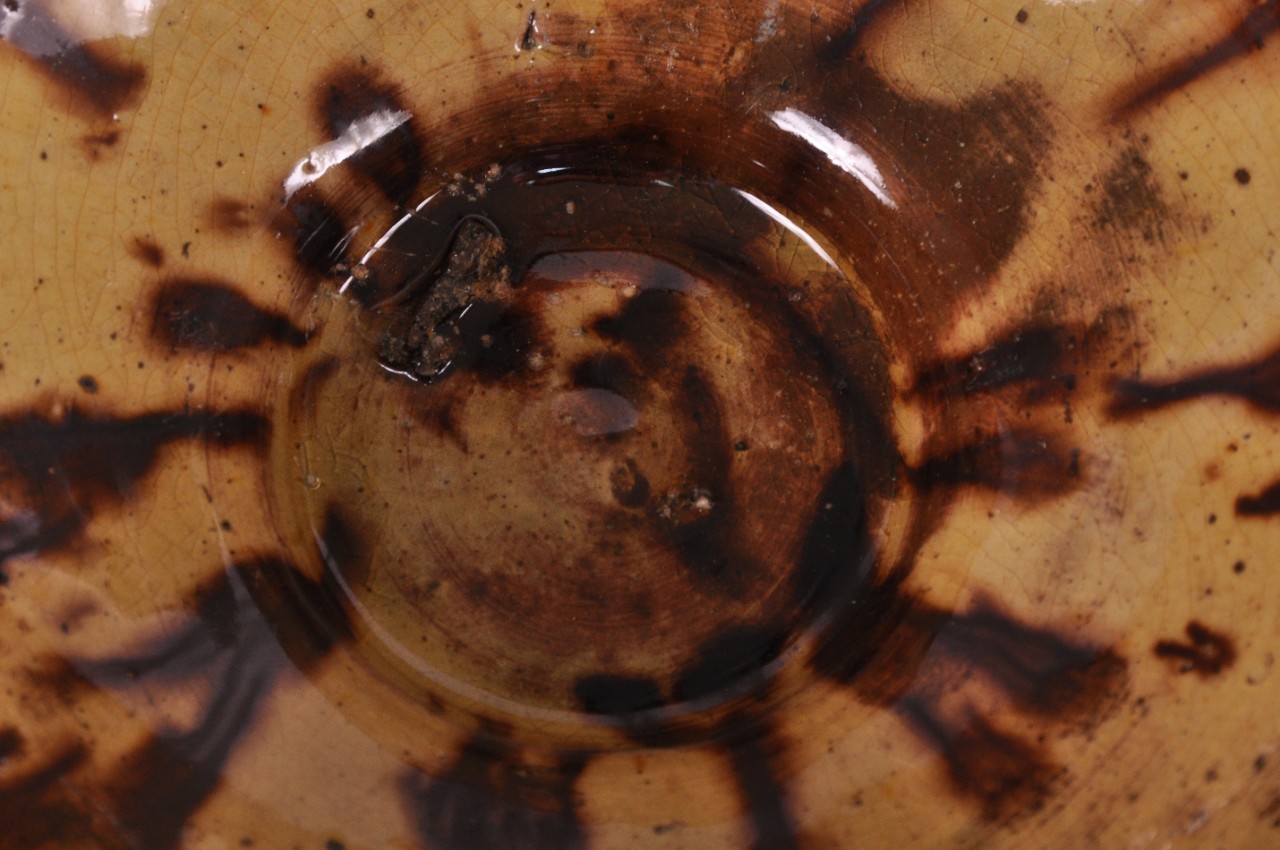
Chesapeake Flotilla - War of 1812
Background
In an effort to stifle supplies to and from Baltimore and Washington as well as neutralize the threat of American privateers, the British set a blockade on the Chesapeake Bay and assembled raiding parties to divide the American ground troops. Due to the nature of the shallow, tidal Chesapeake coastline, raids were conducted by smaller ships, which would then rejoin the larger vessels that maintained the blockade. With scant resources to defend the bay, Secretary of the Navy William Jones allowed Baltimore native Joshua Barney to assemble a flotilla of armed barges to combat the British blockade and raiders. These armed barges, or “row-galleys," were intended to be more maneuverable than the old Jeffersonian gun boats, and to be able to keep constant fire on the enemy by night with little risk of being targeted. Barney’s flotilla set out in 1814 from Baltimore with twelve barges, two gun boats (137 and 138), and the flagship USS Scorpion.
Despite the optimistic vision, the hasty construction and lack of testing of the flotilla led to problems very early on. The main force of the flotilla quickly found itself bound up the Patuxent River, and eventually driven into the safety of the even shallower St. Leonard’s Creek by British vessels Dragon and St. Lawrence. After two engagements with the British, and the scuttling of gun boats 137 and 138, Barney was able to regain access into the main channel of the Patuxent River but still not reach the Chesapeake proper. The flotilla spent the remainder of the summer being pushed further and further up the river.
Learning of an impending British attack on Washington, Jones ordered Barney to bring the majority of his men to Washington and send the remainder of the flotilla upriver, and scuttle it if necesaary to prevent capture by the British. Leaving one-hundred and twenty men to handle the flotilla, Barney and approximately four hundred men headed to Washington for the Battle of Bladensburg. British reports indicate that sixteen of the seventeen ships that made up Barney’s flotilla had been destroyed, and only one was captured. While Barney’s initial vision of the flotilla as an offensive, harassing force that would push the Royal Navy out of the Chesapeake did not come to fruition, the mere presence of the flotilla did help divert British attention away from other targets in the bay.
—summarized from the NHHC report: "An Archaeological Survey and Site Investigation of 18PR226, a War of 1812 Shipwreck (Suspected USS Scorpion) in the Patuxent River, Maryland: Field Investigations 2010"
Previous Surveys:
- 1814 – 1815: A brief salvage operation took place in 1814 to recover useable supplies that remained on the scuttled vessels of the Chesapeake Flotilla. Barney’s records indicate that his men recovered most of the munitions and anchors from the wrecks, through no specific vessels are named in his reports. A later operation the next year recovered two loads of iron ballast; this would be the last recorded salvage operation of the period.
- 1978 – 1980: The site presumed to be USS Scorpion was dicovered in 1978, and subsequent archaeological excavations recovered artifacts such as surgical and dental instruments, military hardware, carpentry tools, domestic shipboard articles, maritime artifacts, and naval architectural features. Historical and archival resources supported that this ship was either from the flotilla or one of the merchant vessels seeking its protection. Not all the evidence is conclusive, but this team tentatively identified the vessel as Barney’s flagship, Scorpion.
- 1995 – 1999: Continued archaeological work, including a field school from East Carolina University, recovered over 293 artifacts from a site in St. Leonard's Creek determined to be the wrecks of the scuttled gunboats No. 137 and 138.
- 2009 – 2011: Naval History and Heritage Command (NHHC) and partners, including the State of Maryland, became involved in 2009 when remote sensing and geological data was collected to determine the extent of the presumed Scorpion site for planned research in support of bicentennial commemorations of the War of 1812. From 2010-2011, minimal excavation of the site determined the shipwreck is relatively intact and remarkably well-preserved. About 70 artifacts were recovered, which included personal items, weapons, ship tools, animal bones, and other miscellaneous objects consistent with a vessel from the War of 1812.
- 2014 – 2016: In 2014, NHHC Underwater Archaeology Branch (UAB) partnered with the College of Charleston, who was awarded an NPS American Battlefield Protection Grant, to conduct a remote sensing and geophysical survey in search of the remainder of Barney’s flotilla and to determine potential changes in the river course since the scuttling. During the 2014/2015 field season, UAB used a marine magnetometer, side-scan sonar, sub-bottom profiler, and sediment cores, to indentify areas of interest for further study. In 2016, with support from Maryland’s Patuxent River Park and the Naval Historical Foundation, UAB began the next phase of the search with a hydroprobing survey around the areas of interest.


